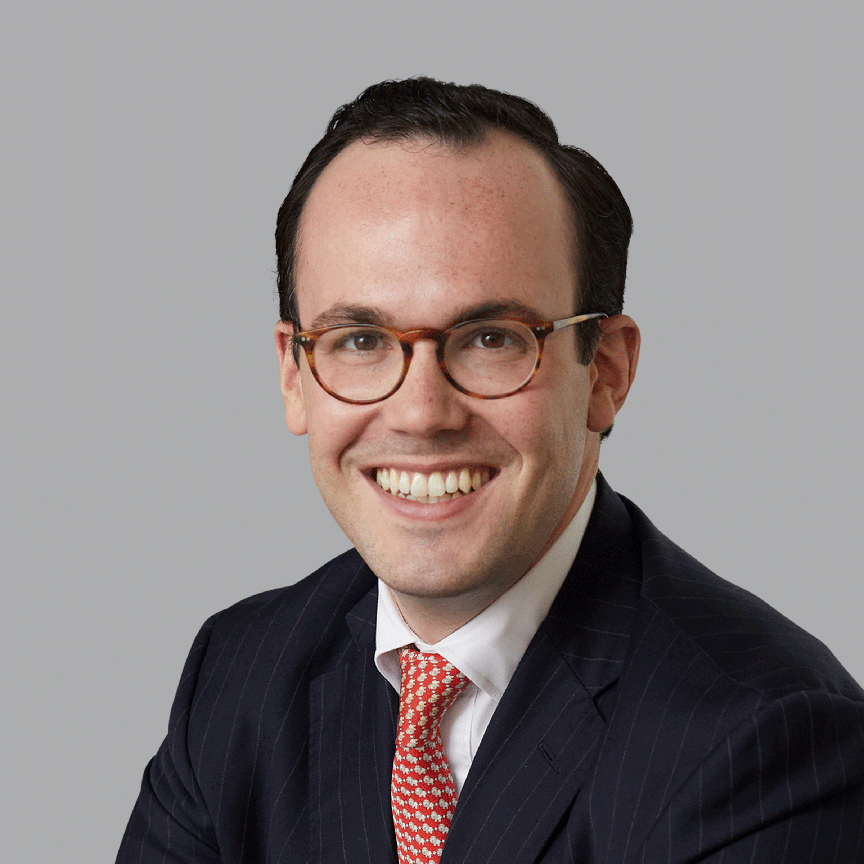Cyclical location and asset allocation: Investing for the rest of the recovery
Asset allocation
Jack Manley
As investors look into the back half of the year, perhaps the most important question to ask is: Where are we in the recovery? Positioning within the cycle can help to inform positioning within the portfolio, and given some of the higher level headwinds present, having a firm grasp on the outlook will yield dividends, so to speak, in portfolio construction.
Following the recession in early 2020, U.S. economic growth snapped back unusually quickly. The recovery in earnings, while delayed relative to the broader economy, has also now manifested in an impressive way, with strong and positive EPS contributions from all sectors within the S&P 500 in 1Q21. These two forces were indications that the economy had entered into an “early-cycle” phase — categorized by an inflection in economic conditions, strong growth and improving credit conditions, leading to rapid margin expansion.
This unusual strength is something to be welcomed by investors, but it may also be an indication that a good portion of the “early-cycle” recovery may have been pulled forward. It could therefore be argued that the U.S. economy is already on the cusp of entering the “mid-cycle” — growth will slow but remain strong, profitability will stay healthy and monetary policy will become increasingly neutral. Moreover, the most recent economic indicators, including strong inflation prints and rising wage pressure, suggest even “mid-cycle” conditions may be fleeting, and that “late-cycle” conditions — peaking growth, rising inflation and tightening monetary policy — may be around the corner. All told, the U.S. may experience the entirety of a business cycle (excluding, hopefully, the recession phase) within less than two years.
The natural next question, then, is: How should investors be positioned relative to this changing world and hedge against the associated risks? The gradual tightening of monetary policy in response to a warming economy means that investors would be wise to shorten up on duration, and could encourage additional risk taking in fixed income, either in lower-credit assets or foreign bonds.
Equities, though, are much more sensitive to business cycles, and the transition from “early” to “mid” to “late” could have a much more profound — and negative — impact on future returns. This suggests that within U.S. markets, investors should lean more on value-oriented sectors, which typically are more levered to strong domestic growth. It also suggests a need to look outside of the U.S., where business cycles are less mature given a delay in foreign vaccination campaigns.
This changing backdrop may also present challenges for investors looking to hedge portfolios, since rising interest rates alongside volatile equity markets could lead to a breakdown in traditional stock/bond correlations. This suggests the need for investors to consider a heartier allocation to alternatives, which are typically uncorrelated to public markets.
All told, the investing landscape continues to be both complex and changing. Given the speed of normalization and recovery, investors must be must be prepared for shifts in cyclical positioning, both domestically and abroad. For this reason, the best way to approach asset allocation is to broadly diversify and work with active managers.








